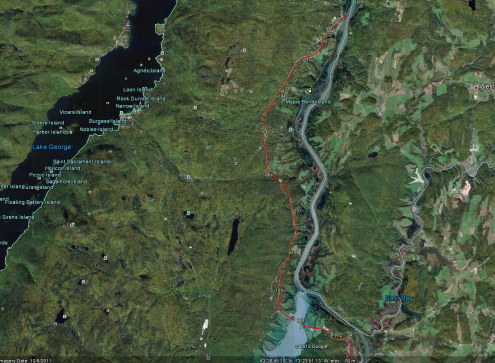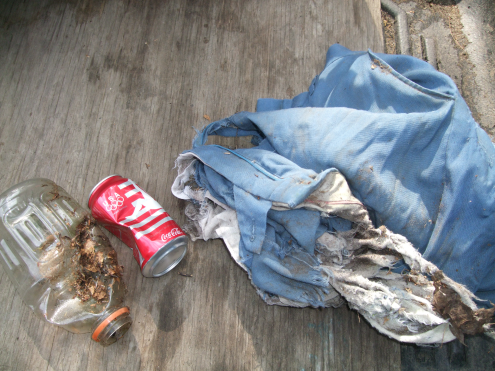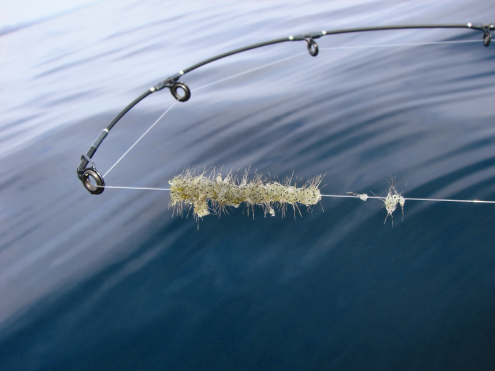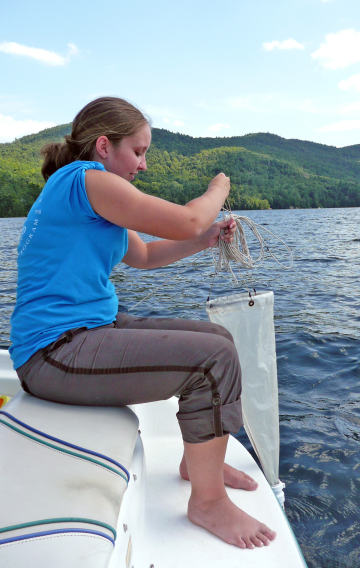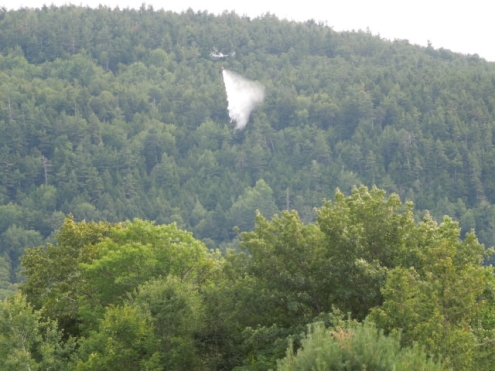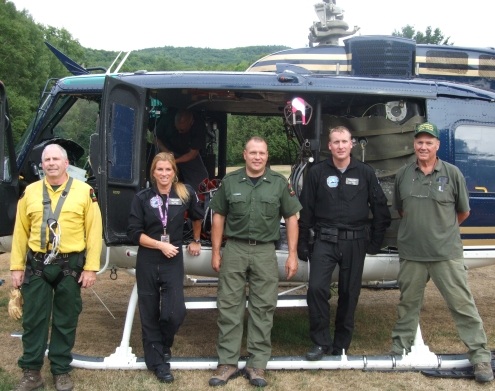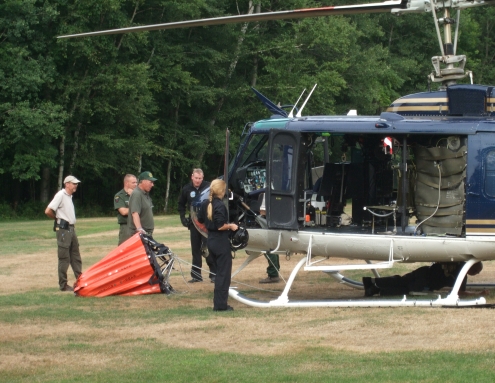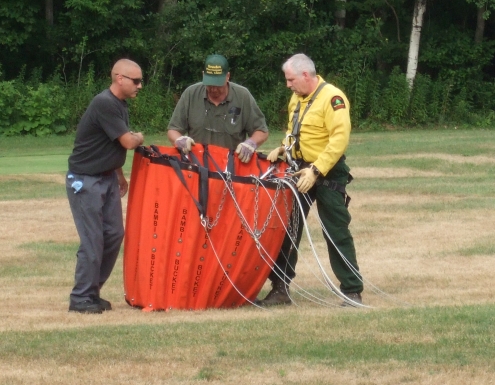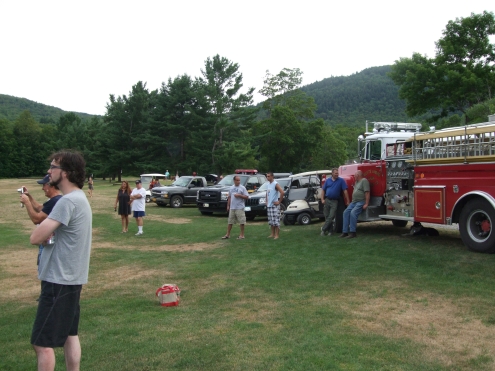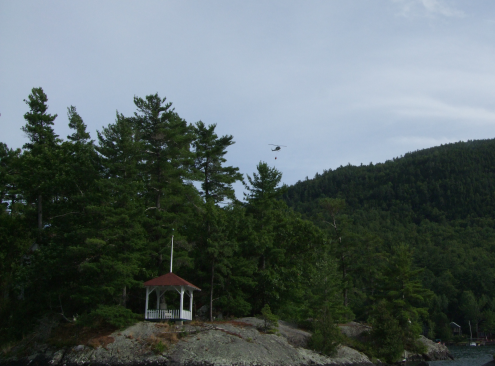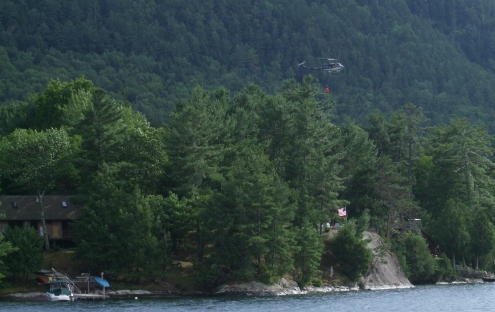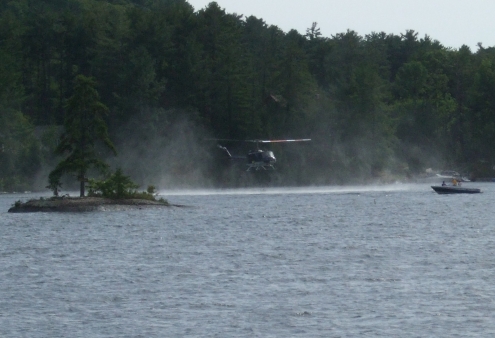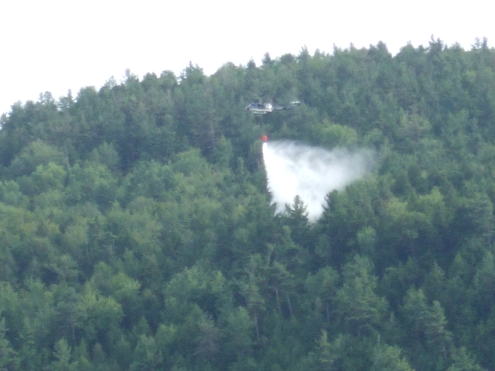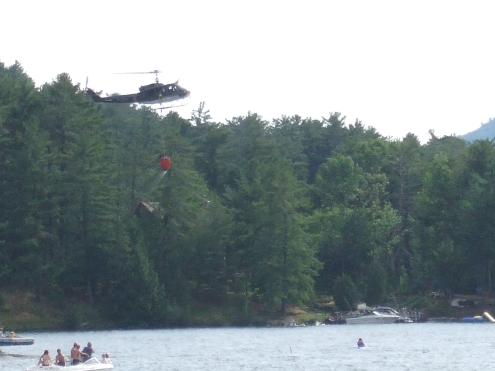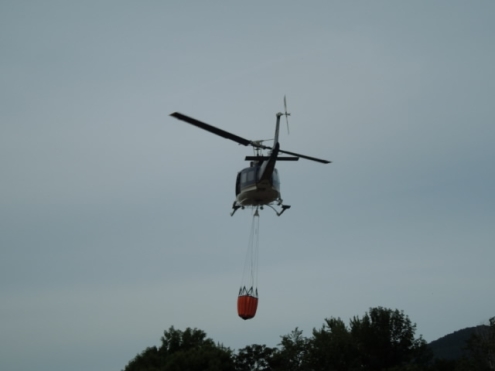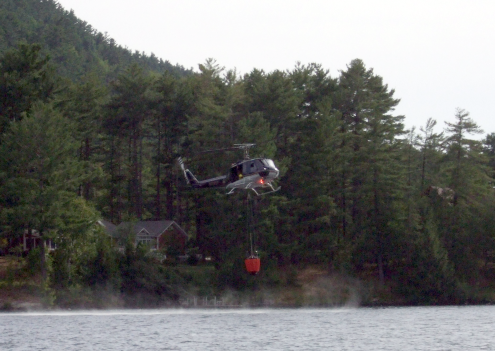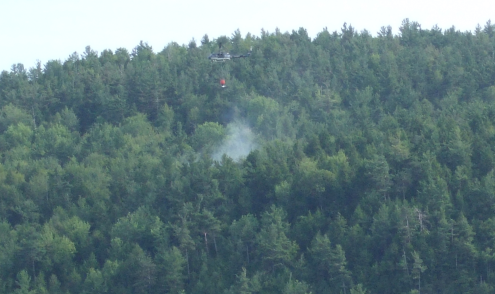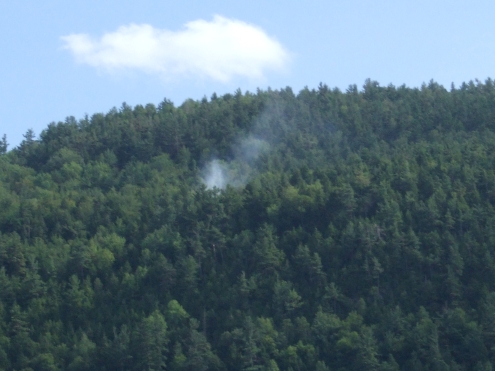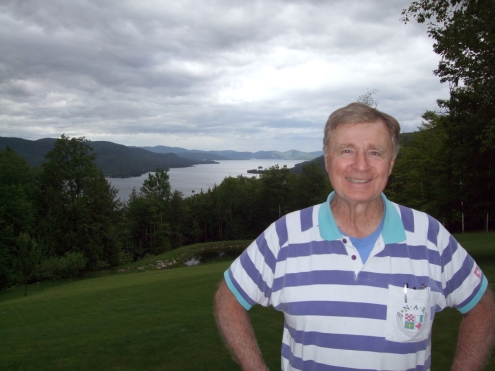Today, I post an interview I did recently with Richard Hayes Phillips, who in addition to owning a cottage in Dresden, wears many hats. Mr. Phillips sits on the Conservation Committee of the Lake George Land Conservancy, has testified in some high-profile environmental cases across the country, and also actually knew John Apperson, the famous preservationist who single-handedly preserved some of Lake George’s most pristine shoreline, including Dome Island. Richard has mapped and blazed many trails around Lake George and recently the Lake George Land Conservancy named the trail between Cat and Thomas mountains after him.
Richard, to begin, how did you find out about the Lake George Land Conservancy?
My father had a summer place on Pilot Knob Road. As a young boy I used to wander the old logging roads to the meadow, and bushwhack up the cliffs to the Pilot Knob ridge. One day when I went to visit my father I saw the Lake George Land Conservancy trail head directly across the road, right where I used to walk. They had a map displaying all of their land purchases, including Spruce Mountain in the Town of Dresden and Cat Mountain in the Town of Bolton. I was so moved by their accomplishments that I conducted a two-county search for an affordable piece of land that could provide public access to one of these newly acquired parcels. And that is how I came to own my little red schoolhouse, and twenty-three acres, on North Road in Dresden.
Can you tell us about your work for the Lake George Land Conservancy?
I called them up and asked: “Would you like to have a trail along the Cat Mountain Range? I used to trespass there all the time as a boy. I know it by heart.” That was all it took. I spent forty-two days scouting, cutting, and marking a foot trail from the kiosk at Valley Woods Road to the summit of Cat Mountain, via Thomas Mountain and three lesser summits, and thence to Edgecomb Pond. The trail to the summit of Thomas has been rerouted twice, but the Richard Hayes Phillips Trail from the Thomas cabin to Cat Mountain is the original route, exactly as I cut it, with hand tools, in 2005.
How would a person get to the trail, named in your honor?
From the crest of County Route 11, between Northway Exit 24 and Bolton Landing, take Valley Woods Road south and you will see the parking lot and kiosk on your right. A gravel road, with orange trail markers, leads toward Thomas and Cat. In less than a mile there is a gravel pit and reforestation area on the right, with a small stream just beyond it. On the far side of the stream, to the right, you will see the foot trail, with blue trail markers, leading to the summit of Thomas and to the cabin. Or you can take the orange trail, the gravel road, to the cabin. The Richard Hayes Phillips trail, with blue trail markers, officially begins there, descending the Thomas ledges and wending its way through the wild forest to the summit of Cat Mountain. Some of the rock cairns along the route I built almost forty years ago. Descending from the summit of Cat are two more of my trails — the red trail to Edgecomb Pond, and the white trail toward Trout Lake. These will not take you back to the parking lot.
The Lake George Land Conservancy is establishing some wildlife refuges around the lake. Can you tell the readers of the Huletts Current something about all of these?
The Lake George Land Conservancy was instrumental in the purchase of 900 acres in the Town of Dresden, including 2.6 miles of shoreline, all of which is now state land and part of the of the Adirondack Forest Preserve. In the Town of Putnam, the Conservancy still owns 1000 acres with 5900 feet of shoreline. These lands, known as the Gull Bay Preserve, the Last Great Shoreline, and Anthony’s Nose, are now designated as wildlife refuges, the first in the Lake George watershed. The Gull Bay Preserve contains a great blue heron rookery. The Last Great Shoreline includes Jumping Rock and some spectacular back country. Anthony’s Nose has 300-foot ledges that are nesting areas for raptors.
Are any of the refuges open to the public?
All are open to the public, but not all have public parking, and not all have marked trails. We are working on this. The Gull Bay Preserve is accessible from Sagamore Road (north of Gull Bay Road), and the Last Great Shoreline Preserve is accessible from Warrick Road (south of County Route 1, or Glenburnie Road). We do ask that hikers stay on the marked trails, which are designed to avoid dangerous terrain and to protect sensitive wildlife habitat.
If people want to assist with your work with the Lake George Land Conservancy, can they help?
The Conservancy is always looking for volunteers. And I have been known to hire trail workers out of pocket, thus proving that not all job creators are wealthy. It is hard work, and it doesn’t pay real well, but you can’t beat the workplace. Not many people get to watch dive-bombing peregrine falcons and get paid for it.
On another note, John Apperson is renowned for his conservation work on Lake George, yet many still don’t know who he was. Yet you actually knew him as a young child. Could you tell us about him and could you give us some of your personal memories’ about him?
My father, Robert A. Phillips, lived almost his whole life in Schenectady, home of General Electric, where John Apperson worked for 47 years. When my father was a Boy Scout, he and his lifelong friend Bill White worked as volunteers for Apperson, whom they knew as “Appie.” They were part of the team that protected the shores of Dome Island from erosion, and they used to climb Cat Mountain when it was a trailless peak. Appie used to visit our place on Pilot Knob Road when I was an impressionable little boy, and tell me stories about his efforts to preserve Tongue Mountain, to prevent a lake road along the rugged eastern shore, to stop the construction of a hotel on “Appie Top,” and to defend the “forever wild” provision of the New York State Constitution.” He impressed upon me the nobility of buying land “just to keep it wild.” His words. I never forgot them.
Richard, I know you have a “hand in many jars” and that you’re also a song writer. Could you leave our readers with one of your song’s refrains to perhaps inspire them?
I cannot save the world,
But I can save a little part.
It maybe isn’t much,
But it’s such a lovely start.
Thanks, Richard, for taking the time to do this interview.
